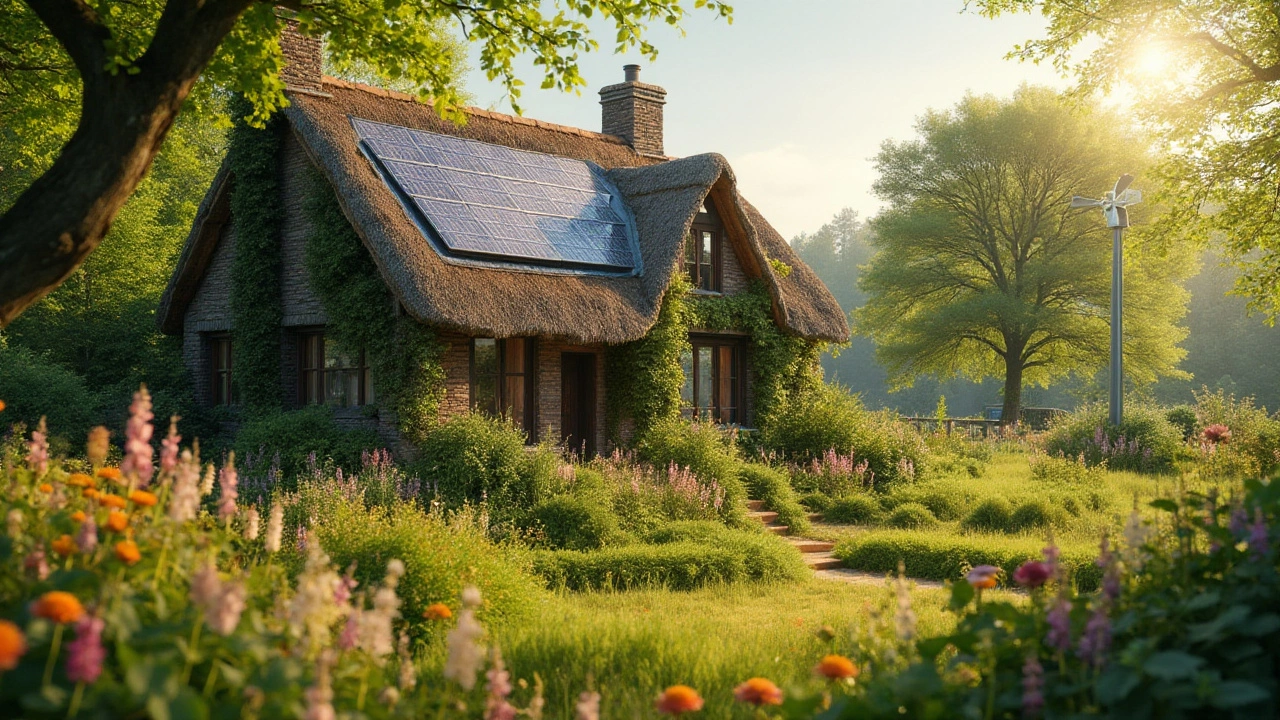Eco Cottage Tips: Simple Steps for a Greener Home
Thinking about a cottage that’s kind to the planet? You don’t need a massive budget or a degree in architecture. A few smart choices can turn a ordinary hideaway into a low‑impact haven. Below are hands‑on tips you can use right away.
Choose the Right Materials
Start with the frame. Reclaimed timber, locally‑sourced stone, or straw‑bale walls give you a sturdy structure while cutting transport emissions. Avoid plastic‑based insulation; instead, look for sheep’s wool, cork, or cellulose. These options keep heat in, are biodegradable, and feel natural under your fingers.
Boost Energy Efficiency
Good orientation matters. Place the biggest windows on the south side (for the UK) to capture sunlight in winter and add shading devices for summer heat. Triple‑glazed windows seal out drafts, and a well‑fitted door sweep stops cold air from sneaking in. Pair these with a small solar panel array or a ground‑source heat pump, and you’ll see the heating bill shrink fast.
Insulation works hand‑in‑hand with ventilation. A breathable roof vent and a heat‑recovering ventilator keep fresh air circulating without losing warmth. This balance stops mold, saves energy, and makes the cottage comfortable year‑round.
Water use is another low‑hangout point. Install a rain‑water harvesting tank to feed toilets, garden hoses, or even a low‑flow shower. Hook up a composting toilet if you want to go off‑grid completely – it reduces sewage load and gives you natural fertilizer for the garden.
Inside, pick furniture made from reclaimed wood or recycled metal. Look for low‑VOC paints and finishes; they’re healthier for you and the environment. Add a few houseplants; they improve air quality and bring a touch of nature right inside.
Maintenance decides how long your cottage lasts. Regularly check the roof for loose tiles, reseal windows when you see drafts, and treat timber with natural oil every few years. Fix tiny leaks early – a drip can waste gallons of water and damage structure.
If you’re living in a tiny eco cottage, think about modular design. Movable wall panels let you re‑configure space as needs change, reducing the urge to add new rooms later. Keep the footprint small, and you’ll use fewer resources over the building’s life.
Finally, blend sustainable habits into daily life. Turn off lights when you leave a room, wash clothes in cold water, and compost kitchen waste. Small actions add up, making your cottage’s carbon footprint even lower.
With these tips, you’ll have a cozy, green cottage that feels right for the planet and your wallet. Ready to get building? Start with one change today and watch the impact grow.
